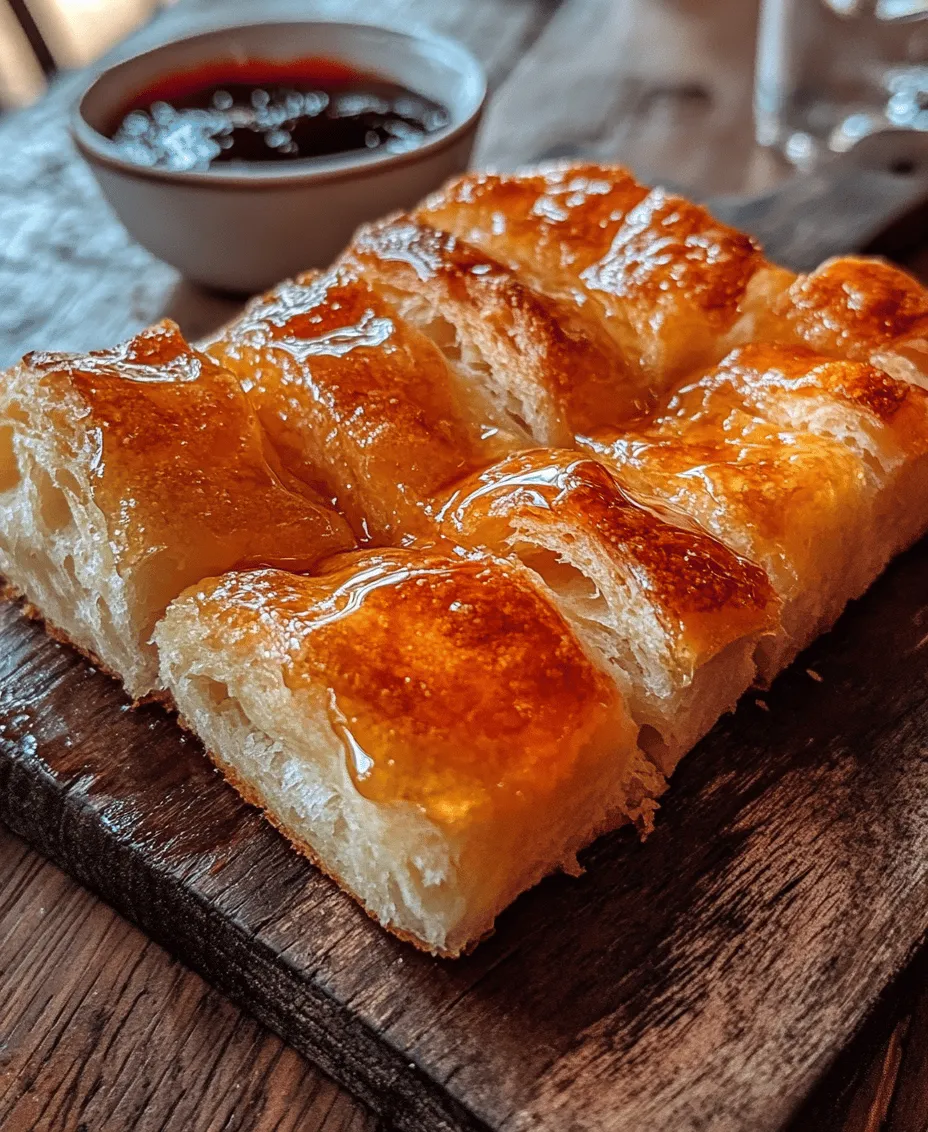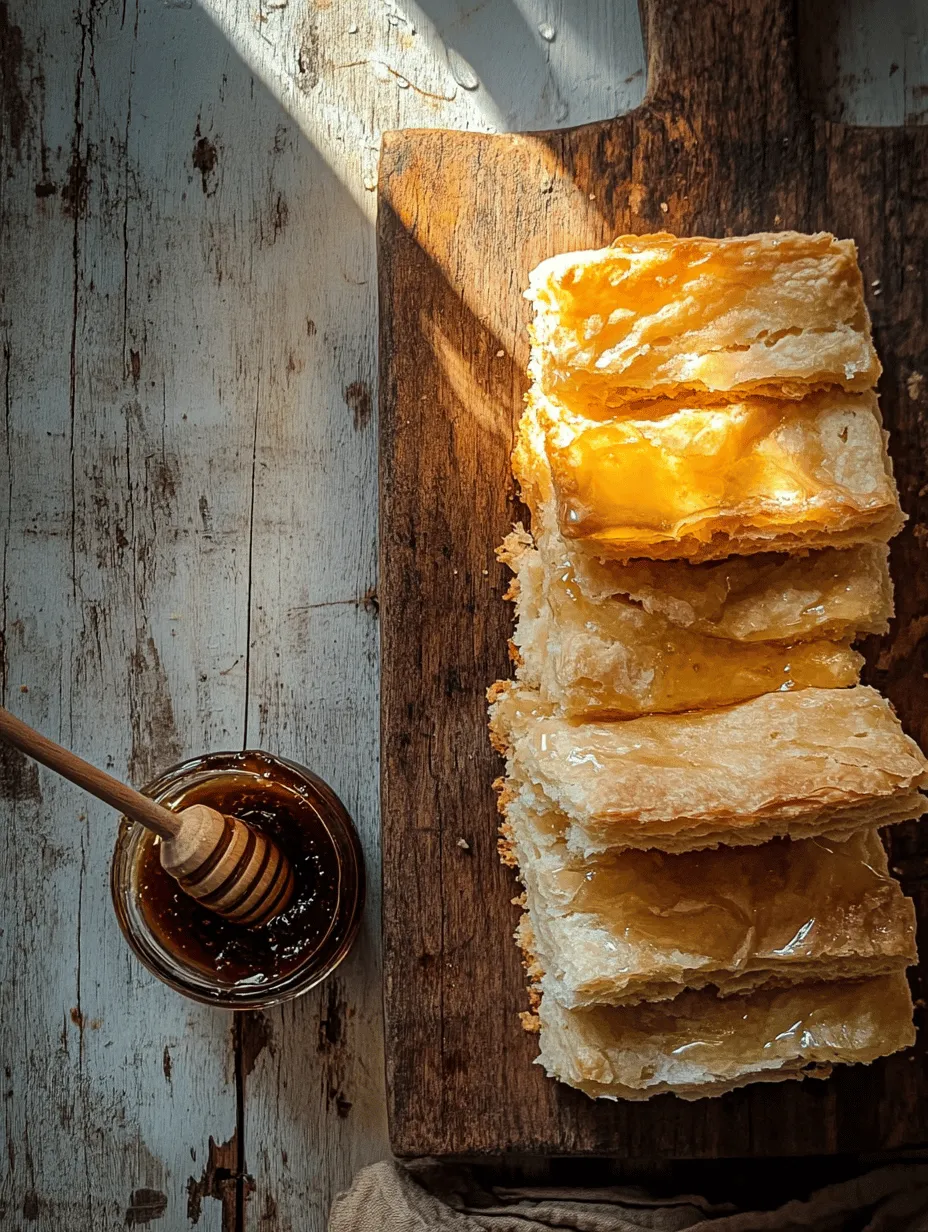Introduction
Biscuits have long held a place of honor in the pantheon of comfort foods, evoking memories of family gatherings and hearty breakfasts. Their flaky, tender texture and rich buttery flavor make them a staple in kitchens across America. Whether served alongside gravy, slathered in jam, or enjoyed plain with a pat of butter, biscuits offer a simple yet satisfying experience that transcends generations. Among the myriad of biscuit recipes, one stands out not just for its taste but also for its name: Billion Dollar Buttery Biscuits.
This distinctive title hints at both extravagance and extraordinary flavor, promising a biscuit experience unlike any other. What makes these biscuits worthy of such a grand name? It’s all in the ingredients and the techniques used, creating a biscuit that is not only delicious but also a showstopper at any meal. With a perfect balance of butter and creaminess, these biscuits are designed to impress, making them ideal for everything from holiday feasts to casual brunches.
The foundation of this recipe lies in the quality of its ingredients. Utilizing high-quality components ensures that each bite is packed with flavor and the perfect texture. From the choice of flour to the type of butter, every element plays a crucial role in the final product.
The Allure of Homemade Biscuits
To truly appreciate the delight of homemade biscuits, one must understand their historical context in American cuisine. Biscuits have evolved from their humble beginnings in colonial kitchens to become a beloved fixture in Southern cooking and beyond. The traditional biscuit originates from a blend of British baking techniques and the ingredients readily available in the New World, evolving into the fluffy, flaky delights we know today.
Baking from scratch is not just about the food; it is an act of love, a ritual that connects generations. Many home bakers recall standing beside a family member, hands dusted with flour, learning the art of biscuit-making while swapping stories and laughter. The joy of creating something delicious from simple ingredients fosters a sense of fulfillment that store-bought options simply cannot replicate.
When comparing homemade biscuits to their store-bought counterparts, the difference is stark. Store-bought biscuits often come packed with preservatives and artificial flavors that mask their true potential. In contrast, a homemade biscuit, particularly a Billion Dollar Buttery Biscuit, is a celebration of pure, wholesome ingredients. The result is a warm, flaky biscuit that not only satisfies hunger but also nourishes the soul.
Ingredient Breakdown
To create the perfect Billion Dollar Buttery Biscuits, it’s essential to understand the role of each ingredient in achieving the desired flavor and texture.
All-Purpose Flour
All-purpose flour forms the backbone of the biscuit, providing the necessary structure and texture. The protein content in all-purpose flour strikes a balance between tenderness and chewiness, ensuring that the biscuits rise well without becoming dense. For this recipe, measuring the flour accurately is crucial; too much can lead to dry biscuits, while too little can cause them to spread and lose their shape.
Baking Powder
As the primary leavening agent in this recipe, baking powder plays a vital role in achieving those fluffy layers in the biscuits. When combined with moisture and heat, baking powder releases carbon dioxide gas, which creates air pockets in the dough. This reaction is what allows the biscuits to rise and become light and airy, an essential feature of a perfect biscuit.
Sugar and Salt
While sugar is often associated with sweet recipes, it serves a dual purpose in this biscuit recipe. It enhances the overall flavor profile by balancing the richness of the butter and adding a hint of sweetness. Salt, on the other hand, is crucial for enhancing flavors and ensuring that the biscuits are not bland. Together, these ingredients create a harmonious blend that elevates the taste of the biscuits.
Unsalted Butter
No biscuit can claim the title of “buttery” without a generous amount of butter. Unsalted butter is preferred because it allows for better control of the salt content in the recipe. The butter not only contributes to the rich flavor but also impacts the flakiness of the biscuits. When the cold butter is cut into the flour, it creates layers that will puff up beautifully when baked, resulting in that signature flaky texture.
Whole Milk and Greek Yogurt
The combination of whole milk and Greek yogurt is a game-changer in this biscuit recipe. Whole milk adds moisture and aids in the biscuit’s rise, while Greek yogurt contributes to a tender crumb and a subtle tang that complements the richness of the butter. This combination ensures that the biscuits are moist and fluffy, creating a delightful texture that is both satisfying and indulgent.
Melting Butter
Finally, melted butter is brushed on top of the biscuits before baking, enhancing not only the flavor but also the golden-brown appearance. This last step adds an extra layer of richness and makes for an enticing presentation that beckons you to dig in.
Preparation Steps in Detail
To achieve the perfect Billion Dollar Buttery Biscuits, the preparation process is just as important as the ingredients themselves. Follow these steps to ensure your biscuits are a stunning success.
Preheating the Oven
Before you even begin mixing your ingredients, it’s crucial to preheat your oven to the right temperature, typically around 450°F (232°C). This step ensures that the biscuits receive immediate heat when placed in the oven, which is vital for that initial rise. A properly heated oven allows the baking powder to activate quickly, leading to tender, fluffy biscuits.
Mixing Dry Ingredients
Start by whisking together your dry ingredients: all-purpose flour, baking powder, sugar, and salt. This step is essential for ensuring that the leavening agent and seasonings are evenly distributed throughout the flour. An even mix prevents clumps and guarantees that every bite of biscuit has the same delightful flavor.
To achieve this, use a large mixing bowl and a whisk to incorporate air into the flour, which can help create a lighter biscuit texture.
Cutting in the Butter
Once your dry ingredients are well mixed, it’s time to cut in the cold, unsalted butter. This technique involves using a pastry cutter or your fingers to break the butter into small pea-sized pieces within the flour mixture. The goal here is to coat the butter with flour while maintaining small chunks, which will create the flakiness in the biscuits as they bake.
Be careful not to overwork the mixture; you want to preserve the integrity of the butter. The cold butter will melt during baking, creating steam that causes the layers to separate and puff up.
Combining Wet Ingredients
In a separate bowl, combine the whole milk and Greek yogurt, mixing until smooth. This step is crucial for achieving the right moisture balance in your biscuit dough. The yogurt’s acidity also aids in tenderizing the flour proteins, resulting in a softer texture.
Once your wet ingredients are well combined, gently fold them into the dry ingredients using a spatula or wooden spoon. Be careful not to overmix; you want just enough moisture to bring the dough together. A few lumps are perfectly fine—overmixing can lead to tough biscuits.
By following these preparation steps carefully, you’ll set the foundation for creating the most delicious and flaky Billion Dollar Buttery Biscuits. Each step builds on the last, ensuring that the end result is a biscuit that is not just satisfying to eat but also a delight to make.
Stay tuned for the next part of this recipe, where we will delve into the final touches and baking process that make these biscuits truly unforgettable.

Forming the Dough: Techniques for Handling Dough Without Overworking It
Once you’ve gathered your ingredients, it’s time to form the dough for your Billion Dollar Buttery Biscuits. The key to achieving that tender, flaky texture lies in how you handle the dough. Begin by combining your dry ingredients—flour, baking powder, salt, and sugar—in a large mixing bowl. Use a whisk to aerate the mixture, ensuring an even distribution of the leavening agents.
Next, add your cold butter, cutting it into the dry mixture using a pastry cutter or your fingertips. The goal is to create a mixture that resembles coarse crumbs with some pea-sized pieces of butter remaining. It’s essential to work quickly and avoid over-mixing; overworking the dough can lead to tough biscuits instead of the desired light and airy texture. When your mixture is ready, create a well in the center and gradually add the cold milk while gently folding the dough together with a spatula or wooden spoon until it just comes together.
Shaping and Cutting the Biscuits: Importance of Technique for Optimal Rise
After forming your dough, it’s crucial to shape and cut your biscuits properly to achieve that impressive rise in the oven. On a lightly floured surface, gently turn out the dough. Avoid excessive kneading; instead, pat the dough into a rectangle about one inch thick. This gentle handling helps retain the air pockets that contribute to the biscuit’s fluffiness.
For cutting, use a sharp biscuit cutter or a glass to cut out your biscuits. Press down firmly without twisting—the twisting action can seal the edges, preventing them from rising as they bake. Gather any scraps from the edges and gently press them together to form more biscuits, but limit this to one or two re-rolls; too much handling will affect the final texture.
Arranging on the Baking Sheet: Discussing Spacing for Texture Variation
Once your biscuits are cut, it’s time to arrange them on your baking sheet. A good spacing strategy is crucial for achieving the perfect texture. Place the biscuits close together, almost touching, if you prefer softer sides. This method encourages them to rise upwards rather than outwards, leading to a soft, fluffy biscuit texture.
Alternatively, if you like your biscuits to have a bit of a crunch on the sides, space them a couple of inches apart. This allows for even browning on all sides. Regardless of your choice, ensure that you line the baking sheet with parchment paper to prevent sticking and to promote even cooking.
Brushing with Butter: Techniques for Achieving a Beautiful Golden Finish
Before baking, elevate the flavor and appearance of your biscuits by brushing them with melted butter. This step not only adds richness but also promotes a beautiful golden crust. Using a pastry brush, apply a generous layer of melted butter on the tops of the biscuits. For added flavor, consider mixing in a pinch of garlic powder or herbs such as rosemary or thyme into the melted butter.
For an extra touch, you can reserve some melted butter to brush the tops again immediately after they come out of the oven, enhancing their shine and flavor. This simple step transforms your biscuits into a gourmet treat.
Baking Process: Understanding the Baking Time and Visual Cues for Doneness
Preheat your oven to 425°F (220°C). Place the baking sheet in the oven and bake for about 12-15 minutes, or until the biscuits are golden brown on top. It’s important to keep an eye on them, as oven temperatures can vary. The visual cues of doneness include a beautifully browned top and a slight rise in the biscuits.
Another way to test for doneness is to gently tap the top of a biscuit; a hollow sound indicates that they are ready. If you prefer a softer biscuit, you may want to take them out a minute or two earlier, but be cautious not to under-bake, as this can lead to a gummy texture.
Serving Suggestions
Billion Dollar Buttery Biscuits are incredibly versatile and can be enjoyed in various ways beyond the classic butter and jam combination.
Creative Ideas for Enjoying Biscuits Beyond Traditional Butter and Jam
1. Pairing with Soups and Stews: The buttery flavor of these biscuits makes them an excellent accompaniment to hearty soups and stews. Serve them alongside a bowl of chicken noodle soup or a rich beef stew to soak up the delicious broth.
2. Using Biscuits for Breakfast Sandwiches: Transform your biscuits into the perfect vehicle for breakfast sandwiches. Split a biscuit in half and layer it with scrambled eggs, crispy bacon, and a slice of cheddar cheese for a satisfying morning meal.
3. Sweet Toppings Like Honey or Fruit Preserves: For a delightful dessert twist, top your biscuits with a drizzle of honey or a spoonful of fruit preserves. Consider strawberry or peach preserves for a refreshing fruity flavor that pairs beautifully with the buttery biscuit.
Nutritional Information
Understanding the nutritional profile of your Billion Dollar Buttery Biscuits can help you incorporate them into a balanced diet. Each biscuit contains approximately 180 calories, with 8 grams of fat, 24 grams of carbohydrates, and 2 grams of protein. They are relatively high in carbohydrates due to the flour, so consider enjoying them in moderation.
While these biscuits are a treat, they can fit into a balanced diet when paired with nutrient-dense foods. For instance, serving biscuits with a side of fresh fruit or a salad can help balance the meal.
Common Mistakes to Avoid
To ensure your biscuits turn out perfect every time, here are some common mistakes to avoid:
1. Overmixing the Dough: Overworking the dough is one of the most common pitfalls. This can lead to dense and tough biscuits rather than the light, flaky texture you desire. Remember, when the dough comes together, stop mixing!
2. Incorrect Oven Temperature: Baking at the wrong temperature can drastically affect your results. If your oven is too hot, the biscuits may burn on the outside while remaining raw inside. Conversely, if the oven is too cool, they will not rise properly. Invest in an oven thermometer for accurate readings.
3. Using Warm Butter or Milk: Cold ingredients are crucial for achieving flakiness. Warm butter or milk can melt the fat before the biscuits bake, resulting in a less desirable texture. Always use cold butter and chilled milk for the best results.
Storing and Reheating Leftovers
To maintain the freshness of your biscuits, store them in an airtight container at room temperature for up to two days. If you need to store them for a longer period, consider freezing them. Place the cooled biscuits in a freezer-safe bag or container, and they can last up to three months.
When you’re ready to enjoy them, reheating properly is key. For the best results, reheat biscuits in the oven at 350°F (175°C) for about 10 minutes. This method helps restore their original texture and warmth. If you’re in a rush, you can use a microwave, but be cautious not to overheat them, as this can lead to a chewy texture.
Conclusion
The Billion Dollar Buttery Biscuits are a testament to the joy of homemade baking with their simple preparation and irresistible flavor. They make for a delightful addition to any meal or occasion, from brunch with family to a cozy dinner with friends.
Encourage yourself to try this recipe and experience the satisfaction of creating something delicious from scratch. With a few essential techniques and careful attention, you’ll be rewarded with biscuits that are as delightful as they are buttery. Enjoy the process of baking, and savor every bite of your homemade biscuits!

